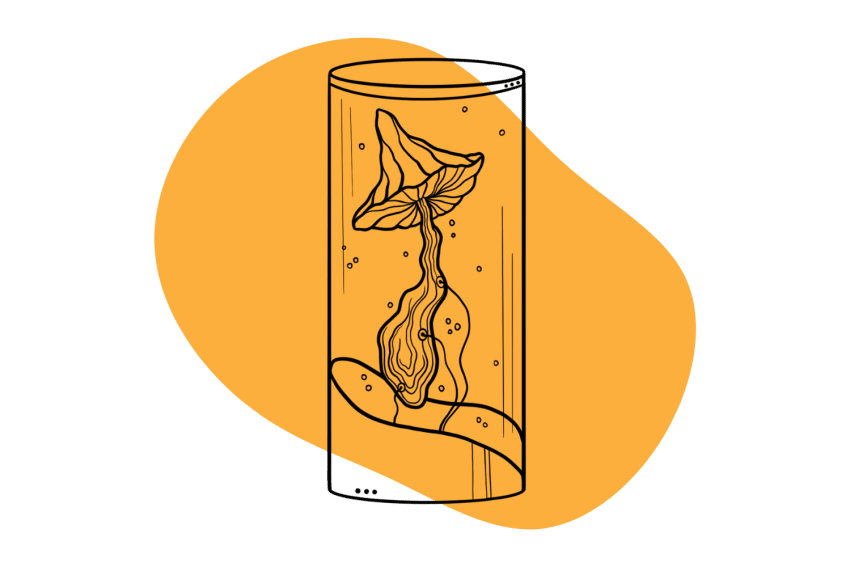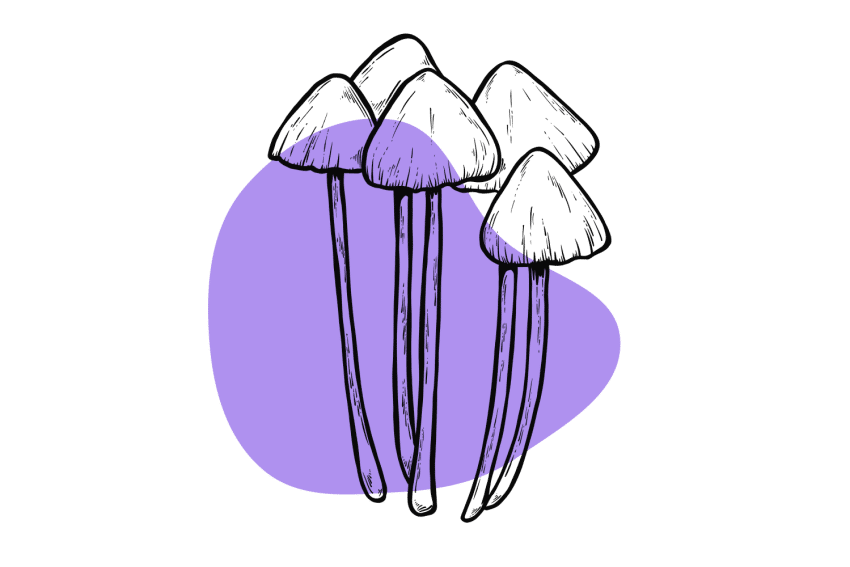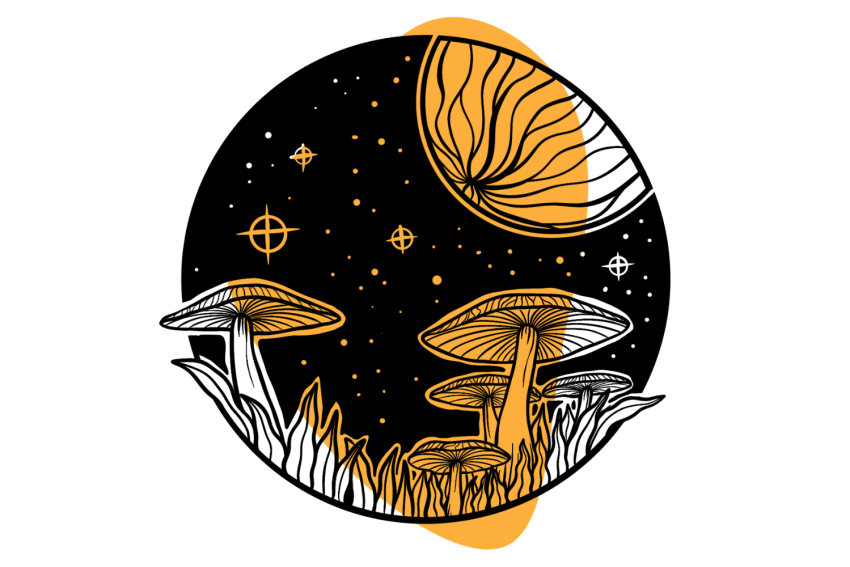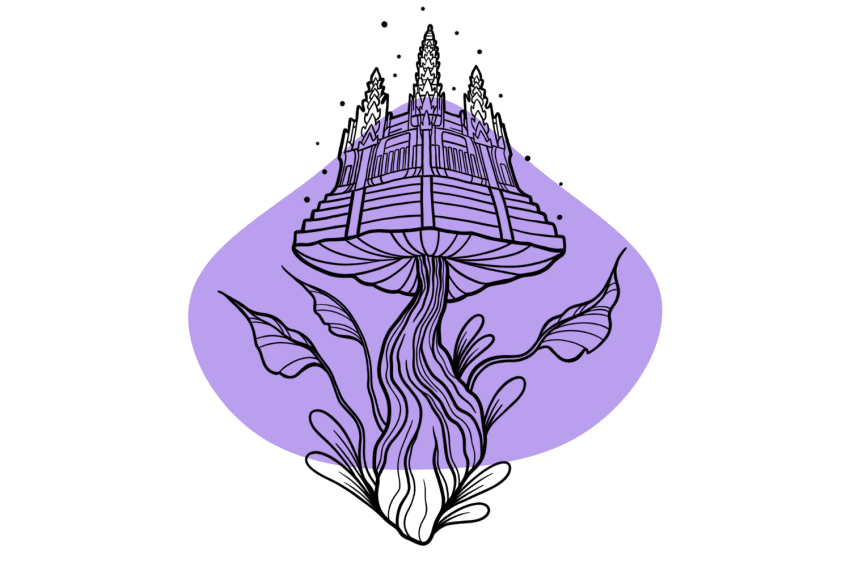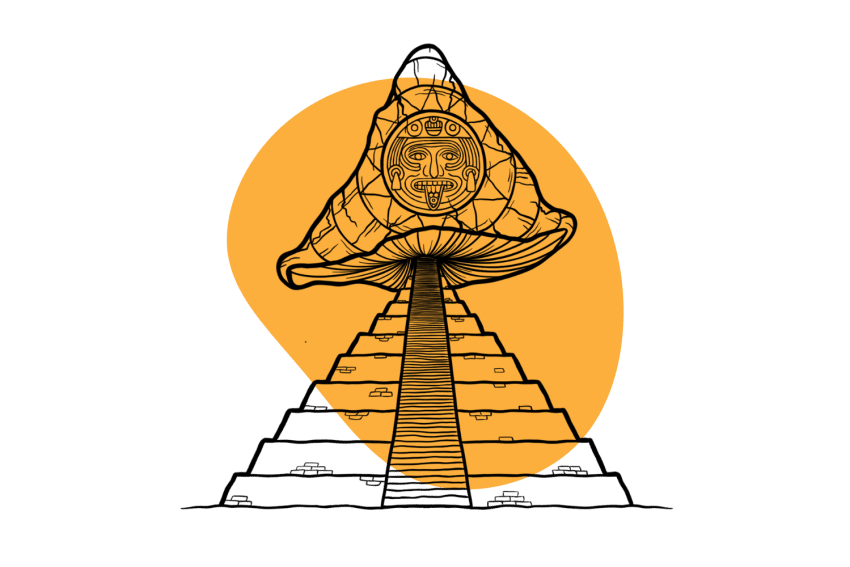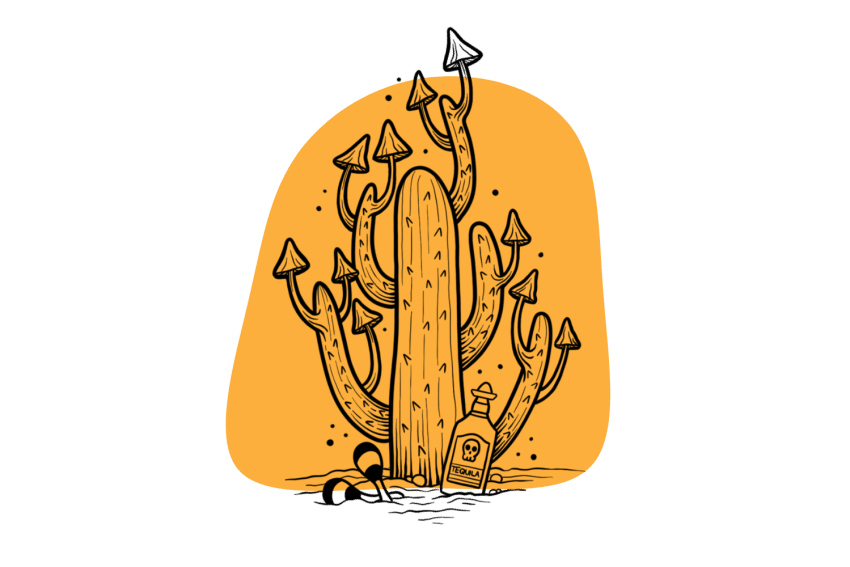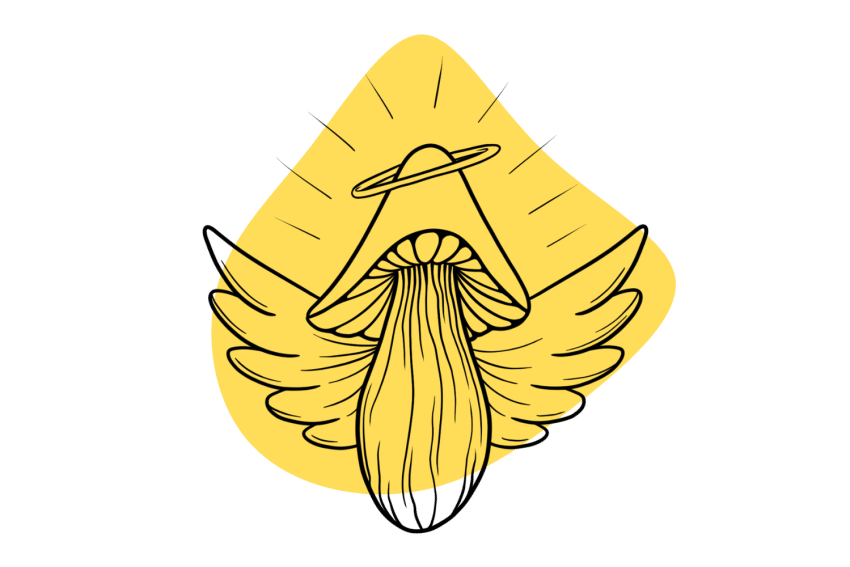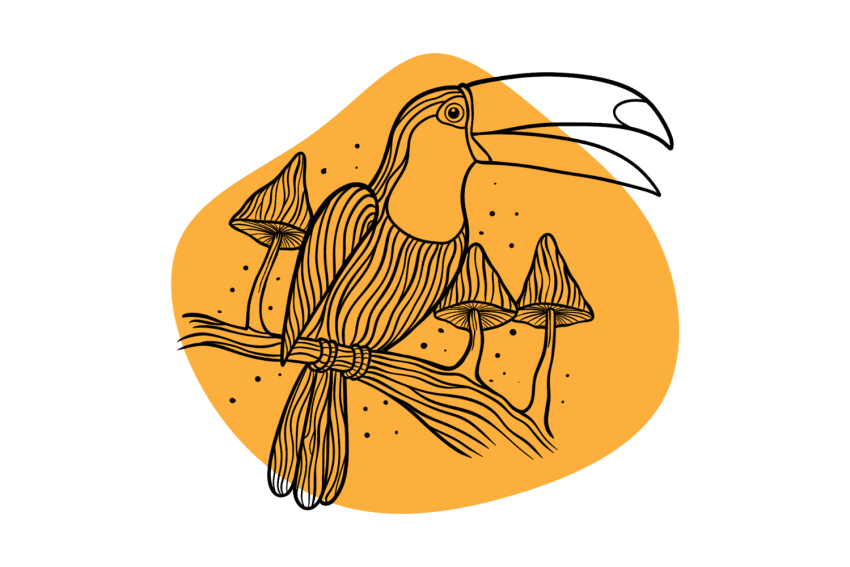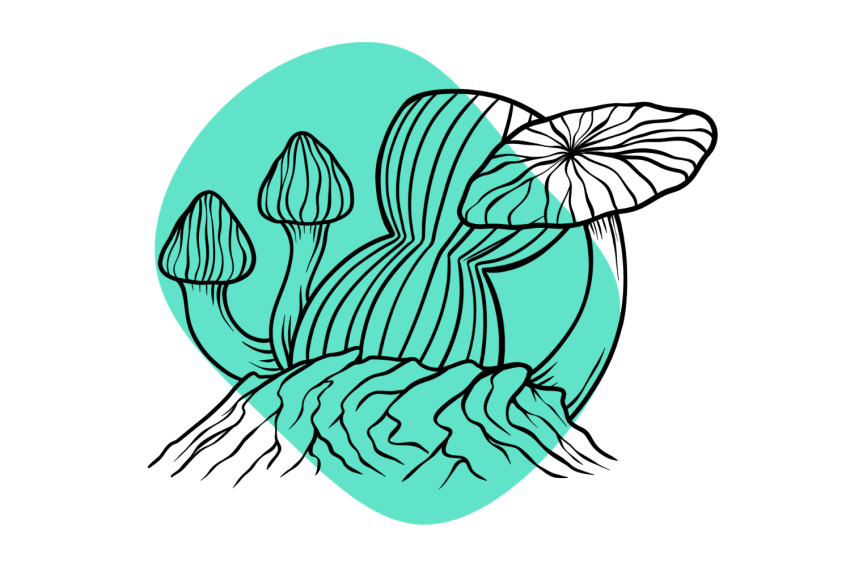PF Classic: An O.G Strain of Psilocybe cubensis
PF Classic mushrooms grow quickly but mature slowly — this means you don’t have to worry about them dumping a mess of spores and ruining your grow as soon as the veil breaks.
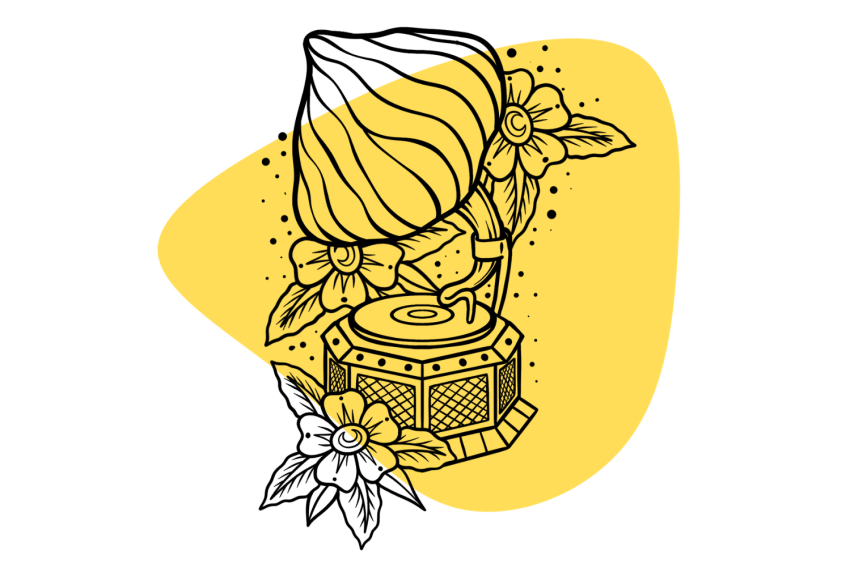
PF Classic is one of hundreds of different strains of Psilocybe cubensis. So what makes it stand out?
The PF classic Strain was developed by a mycologist by the name of Robert McPherson. The “PF” in the strain name stands for Psilocybe Fanaticus — McPherson’s online pseudonym. It’s also the name of a popular cultivation technique known as “PF-Tek,” developed by the same person.
This strain is a classic. Spores have been circulating the market since the early 90s.
The appearance of PF Classic mushrooms is pretty impressive. They’re medium to large-sized, bulbous when young, and saucer-shaped when mature. The golden brown caps often produce white wart-like spots, and the stems are thick, white, and wavy.
Although a beautiful shroom, this strain isn’t particularly potent. They have an average tryptamine content of 0.67% — they are certainly psychedelic, but larger quantities may be needed to induce a truly visionary experience.
One of the key features of this strain is the rate at which it matures. The mushrooms mature slowly, meaning it takes longer than some other strains to start sporulating. PF Classic shrooms can be harvested a day or two after the veil breaks without worrying about the gills dropping a shed-load of spores over the fruiting chamber.
In this article, we’ll be looking at this OG strain by looking at the following:
- The history of the PF Classic strain
- PF Classic’s potency
- The relatives and genetic variants of PF Classic
- Where to buy PF Classic spore samples
- How to cultivate PF Classic mushrooms
- Some other less-potent strains of Psilocybe cubensis
I’ll also be answering some frequently asked questions about Psilocybe cubensis and its many variants.
PF Classic Strain Specs
| Potency | Weak – Average |
| Cultivation | Beginner |
| Species | Psilocybe cubensis |
| Substrate Recommendation | BRF (Brown Rice Flour) Cakes |
| Sold By | Spores MD (🇺🇸), Spores 101 (🇺🇸/🇨🇦), Miracle Farms (🇺🇸/🇨🇦), Sporeslab (🇨🇦), The Magic Mushrooms Shop (🇪🇺) |
History of the PF Classic Strain
PF Classic is a strain of Psilocybe cubensisthat’s been around for decades. It was developed by the legendary mycologist Robert McPherson who went by the online handle “Psilocybe Fanaticus.” The strain gets its name from his pseudonym, which can be shortened to PF.
You may have heard Psilocybe Fanaticus or “PF” thrown around a lot in the mushroom community. The creator of this strain also created the famous cultivation method “PF-Tek” (Psilocybe Fanaticus Technique). This cultivation method is now the most popular way to cultivate Psilocybe cubensis mushrooms.
McPherson released the PF Classic strain for use in conjunction with his groundbreaking PF-Tek cultivation method back in 1991. Although developed with PF-Tek in mind, this strain grows on pretty much any medium using any cultivation technique fit for Psilocybe cubensis mushrooms.
Robert sold this strain for years through his website fanaticus.com. His spore trading business started in High Times Magazine before it moved online in the early 90s. He sold hundreds of thousands of PF Classic spore samples, and the business made over one million dollars (USD).
Although completely legal, fanaticus.com was scrutinized by the United States Government from the very beginning. On February 18th, 2003, Robert McPherson’s home was violently raided by the DEA — this was the beginning of the end of fanaticus.com but not the PF Classic strain.
McPherson advertised the PF-Tek cultivation method alongside selling his PF Classic spore samples — at the time, this was enough to shut his business down even though the spores themselves were completely legal.
Fanaticus.com would never reopen. However, the PF Classic strain would continue to be sold through a variety of other vendors in the United States. Now, PF Classic spores are available from several reliable vendors in the United States, Canada, and Europe.
PF Classic Strain Potency & Psilocybin Content
The PF Classic strain isn’t particularly potent. We’ve rated this shroom as average — producing total tryptamine levels in the region of 0.50% to 0.90%. Most PF Classic samples seem to sit in the lower end of this range — around 0.67% total tryptamines (psilocybin, psilocin, baeocystin, and other tryptamine derivatives).
Over the past four Psilocybin Cups, one sample of PF Classic has been entered. The sample — submitted by the cultivator “Holistic Health Bay Area” — produced 0.60% psilocybin and 0.09% psilocin.
These shrooms aren’t going to blow your mind at a typical 2-gram dose — a much higher dose is required to achieve a mystical, psychedelic state. Although the weaker potency can turn many psychonauts away from this strain, it has its uses and will certainly induce an intense psychedelic trip when consumed in doses higher than four grams.
PF Classic mushrooms are an excellent choice for beginners, microdosers, and those that don’t want to induce a strong psychedelic trip. These mushrooms are great in threshold doses for “elevated” walks in nature, social situations, or mellowing out after a long week’s work.
Where to Buy PF Classic Spores
Psilocybe cubensis mushrooms, in general, are easier to cultivate than other psilocybin-containing species. However, some strains are easier to grow than others.
Related: List of Psilocybin Mushroom Species
PF Classic spore samples can be purchased from a variety of different spore vendors in the United States, United Kingdom, Canada, and mainland Europe.
Some reputable vendors to check out include:
- If you live in the United States — Spores MD, MYYCO, Spores 101, Miracle Farms
- If you live in Canada — Spores 101, Sporeslab, Planet Spores
- If you live in Europe — The Magic Mushrooms Shop (🇪🇺), Shiny Spores (🇬🇧)
→ View all spore vendors & grow kit suppliers
PF Classic Strain Variations & Genetic Relatives
The PF Classic Strain has a couple of known Genetic variants. These variants share most of the PF Classic strain’s characteristics but differ in spore and fruit color.
Here are the PF Classic Strain’s known genetic variants:
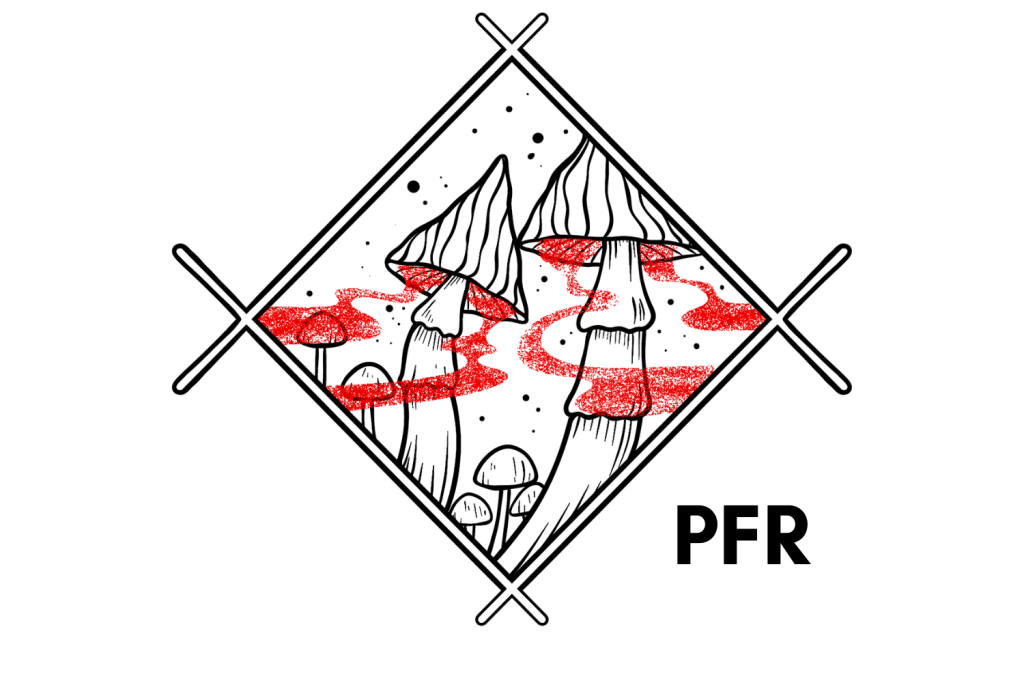
1. PF Redspore
PF Redspore is a direct offshoot of the PF Classic Strain.
PF Classic and PF Redspore are identical in every way except the spore color — with the Redspore variant Producing spores with a reddish hue (hence the name). The spores aren’t exactly bright red but more of a reddish brown color — certainly distinguishable from the purple-black coloration of PF Classic spores.
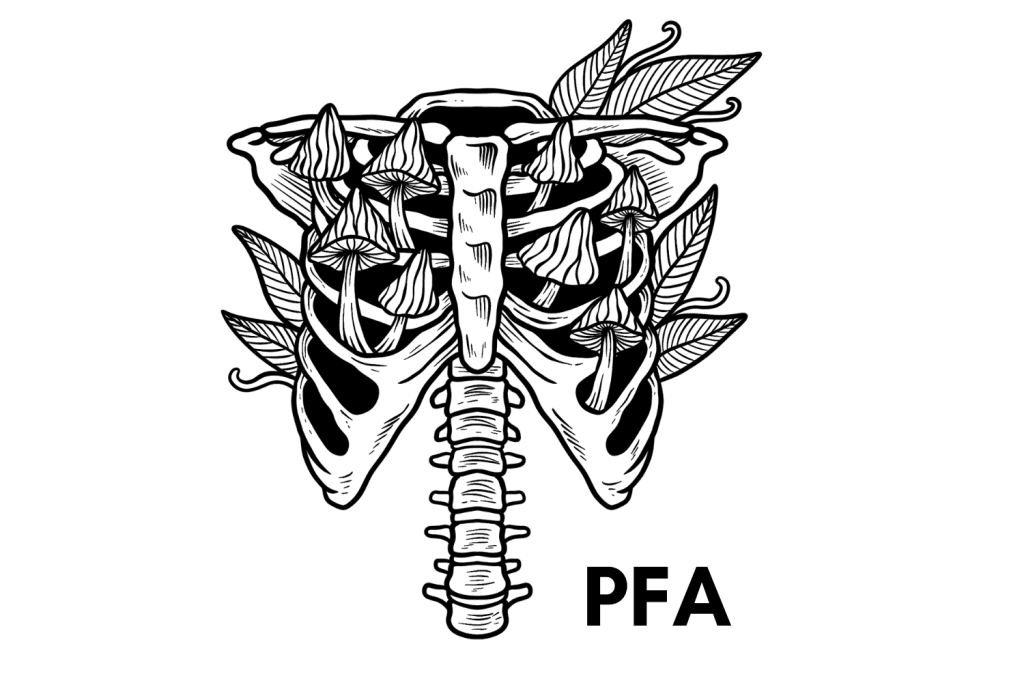
2. PF Albino
PF Albino is a non-pigmented variant of the PF Classic strain. It shares the same growth characteristics and potency and looks almost identical. However, the fruits bear no color, and the colonization times are significantly slower. Smaller yields and minimal sporulation compared to the PF Classic strain are also noted.
This is a true albino mutation rather than a leucistic strain. The spores themselves are also white. This strain can be problematic to grow, and it’s not recommended for the beginner cultivator or those looking to produce large yields.
How to Grow PF Classic Mushrooms
PF Classic mushrooms are easy to grow, even for beginners. They can be cultivated in the same way as other psychedelic and gourmet mushrooms.
The easiest cultivation method to use is the one developed by Robert McPherson himself — PF-Tek. This technique involves some simple sterile procedures and minimal equipment. It’s pretty easy to get your head around, even if you’ve never grown mushrooms before.
Here’s a quick rundown of the cultivation process using PF-Tek:
1. Preparing the Substrate
Before the spores can be “germinated,” the substrate the mycelium will form on must be prepared. A selection of mason jars should be filled with substrate — the PF Classic strain grows best on BRF (brown rice flour) cakes.
Once the jars are filled, they are placed in a pressure cooker for 30 minutes to kill any bacteria. After 30 minutes, the pressure cooker should be switched off, and the jars should be allowed to cool for a couple of hours.
2. Inoculating the Substrate
Once the jars have completely cooledafter sterilization, they’re ready to be inoculated with PF Classic Spores. Everything — including the environment around you — must be kept as sterile as possible during this process.
If the smallest amount of bacteria enter the growing environment, they can outcompete the mycelial growth and deem the colonies useless. Using a spore syringe, 2 CCs of the spore-infused liquid is injected into the substrate. The jars are then sealed and covered with aluminum foil.
3. Incubating the Jars
After inoculation, the jars must be incubated for two to three weeks to allow the mycelium to completely colonize the substrate inside. A simple incubator can be made using a couple of plastic containers and an aquarium heater. The jars are ready for the next step when they’re completely white with mycelium.
4. Fruiting the Mycelium
Once the jars have completely colonized with mycelium, they’re ready for fruiting. The mycelium cakes that have formed inside can be removed and placed inside a simple fruiting chamber made from a plastic container with holes drilled in the sides for ventilation.
After three or four days, the first pinheads will appear — don’t touch these because it can lead to aborts. After a week or so, the first pinheads will form into mature mushrooms — these can be harvested before they sporulate (sooner than two days after the gill-covering veil breaks with the PF Classic mushroom).
5. Preservation and Storage
P. cubensis shrooms mature at different times. They must be harvested sporadically over a period of weeks. PF Classic mushrooms will stay fresh in the refrigerator for two weeks, but to increase their shelf life, they must be dried.
The mushrooms can be dried in a dimly lit, well-ventilated area on a piece of paper. Alternatively, a dehydrator can be used for quicker results. Once completely dry, the mushrooms can be stored in mason jars with a couple of silica gel packets to ensure any remaining moisture is removed. They’ll last in these conditions indefinitely, but the potency will begin to degrade after a year or so.
This was just a simple breakdown of the process. If you want to learn how to perform PF-Tek, check out our in-depth guide: How to Grow Magic Mushrooms.
Other Less-Potent Strains of Psilocybe cubensis
PF Classic mushrooms are pretty weak compared to some other strains of P.cubensis. Although this may be off-putting for some, less-potent magic mushrooms can be more attractive to beginners, microdosers, and those looking to induce mellower effects.
If you’re looking for Psilocybe cubensis mushrooms that produce lower-than-average levels of psilocybin, PF Classic isn’t your only option. Some strains produce even lower tryptamine levels than PF Classic mushrooms.
Here is a selection of other mild strains:
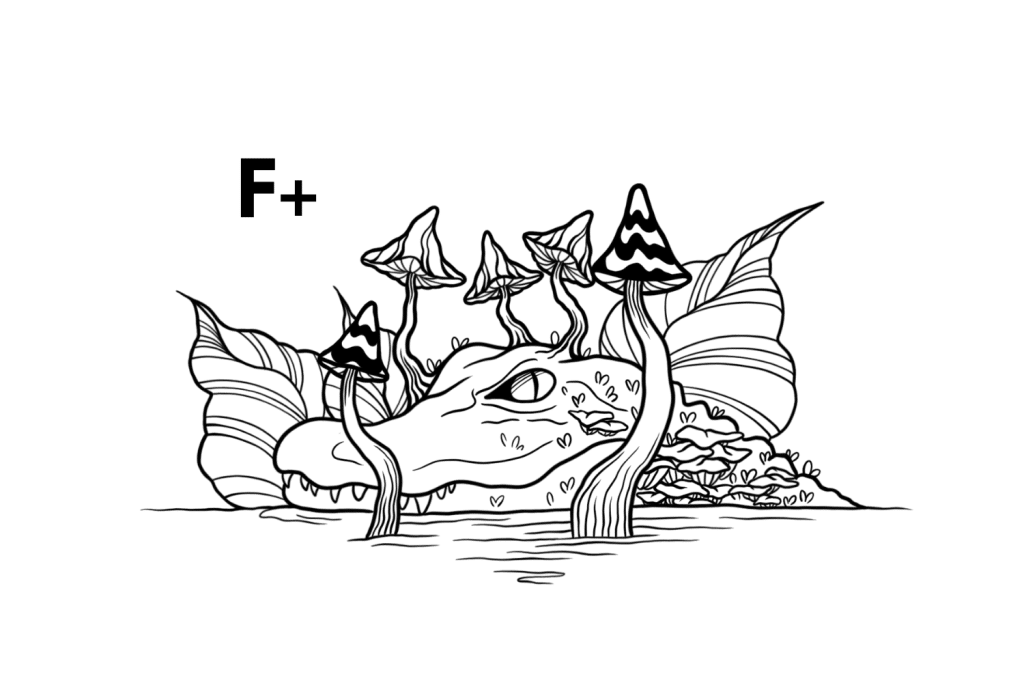
1. The Florida White Strain (F+)
This strain goes by a few different names — “F+,” “Florida Strain,” “Florida White,” or “F-Strain.”
This is an incredibly easy strain to grow, thanks to its disease resistance. However, it’s not particularly popular — this could be down to its naming (F is often considered with poor performing things) or its low potency.
F+ strain’s mushrooms are pretty weak, producing combined psilocybin and psilocin concentrations of below 0.50%. One sample has been submitted to the Oakland Hyphae Psilocybin Cup so far and produced a meager 0.36% total tryptamine level. This isn’t one for the person looking for a potent trip, but fantastic for microdosing and beginners.
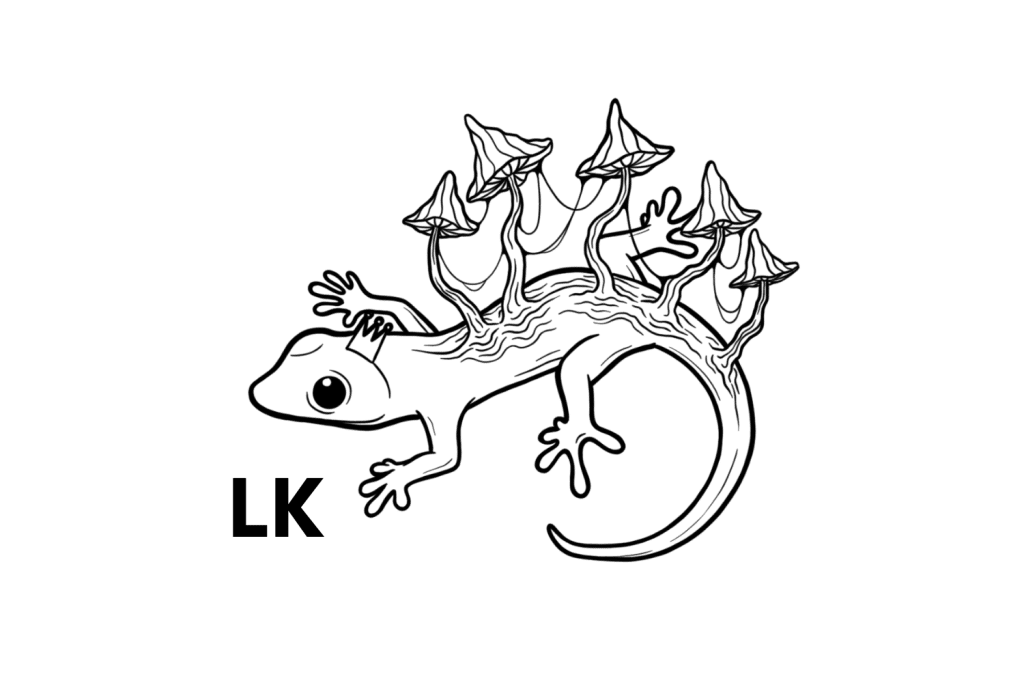
2. The Lizard King Strain
The Lizard King strain is named after the amateur mycologist that discovered it — the person that goes by the online handle “Lizard King.” These mushrooms are well-known among the mushroom community, and spore samples are widely available across the globe.
It was reportedly collected from somewhere in Mexico growing on wood — this is strange for a Psilocybe cubensis mushroom. These shrooms aren’t much to look at, nor are they particularly potent — producing a total tryptamine content somewhere in the region of 0.30% to 0.40.
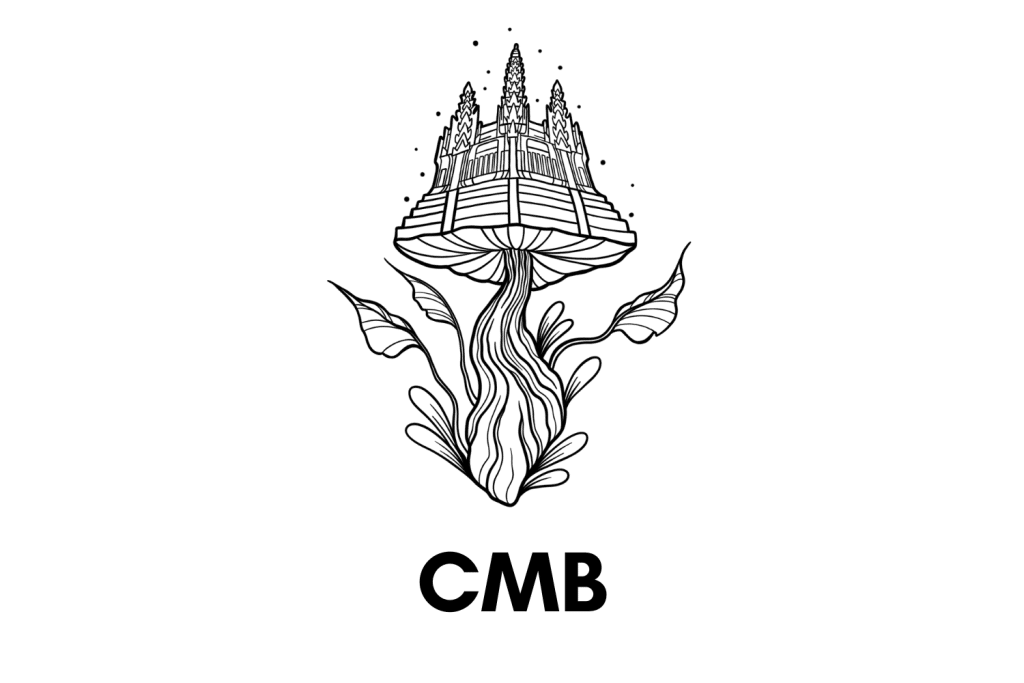
3. The Cambodian Strain
The Cambodian strain is popular for its ease of growth and notoriously dense flushes. Large yields of mushrooms can be produced over several healthy flushes before the colony eventually succumbs to mold growth.
The original sample was collected near the famous temple of Angkor Wat in Cambodia by the legend John Allen during his travels through Southeast Asia in the 90s.
The mushrooms aren’t much to look at, and they don’t produce high concentrations of psilocybin or psilocin. Recent tests have shown psilocybin levels of 0.45% with a total tryptamine level of 0.57%.
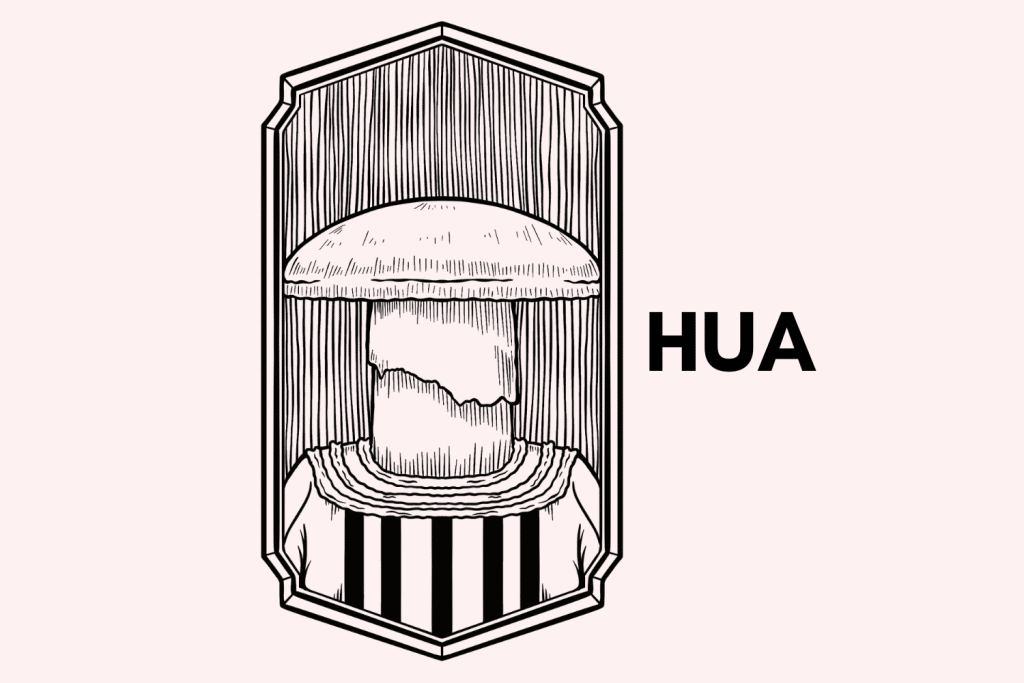
4. The Huautla (Oaxaca) Strain
The Huautla strain was collected somewhere near Huautla de Jimenez — the birthplace of the famous curandera Maria Sabina who introduced R. Gordon Wasson to magic mushrooms in the 1950s.
Tryptamine tests on Huautla mushroom samples produced psilocybin and psilocin levels of 0.47% and 0.01%, respectively. This puts the shrooms in the “weak” potency category, making them ideal for beginners, microdosers, or those that want a shroom for threshold dosing.
The Huautla strain is easy to grow and produces dense clusters over several flushes. Spore samples are available from a variety of spore vendors across the globe.
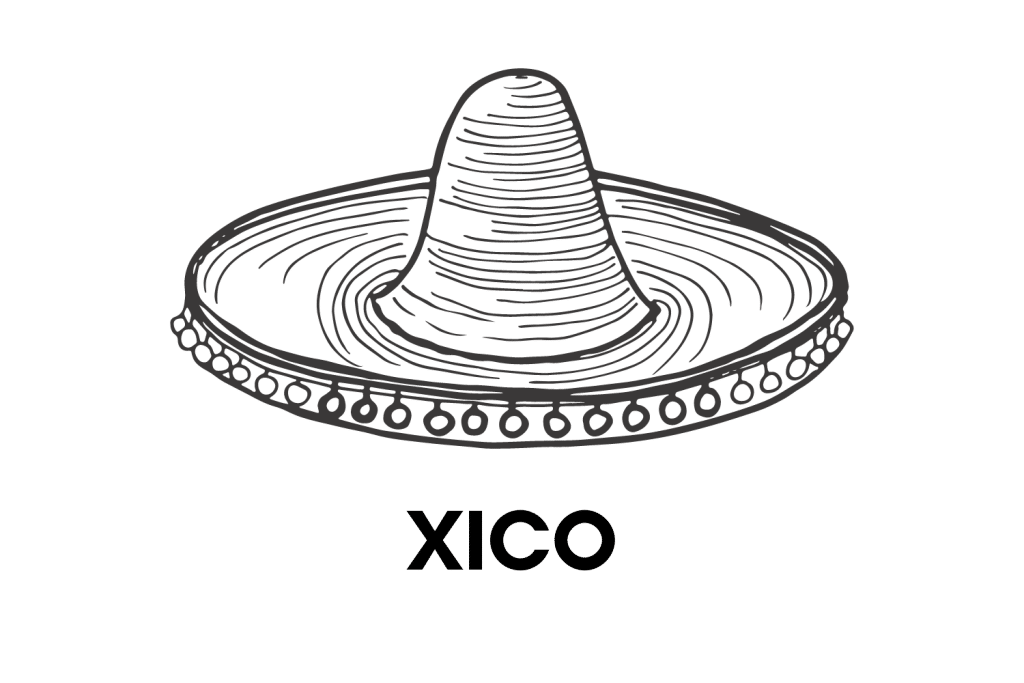
5. The Xico Strain
The Xico strain is named after its place of discovery — the city of Xico in Veracruz, Mexico. Spore samples can be hard to come by, and the genetics available for the strain seems to be quite unstable.
This is a mild strain, producing less than 0.50% total tryptamines (around 0.40% combined psilocybin and psilocin). Although weak, the effects of Xico strain mushrooms are euphoric, introspective, and mildly visual (when consumed in doses of three grams or higher).
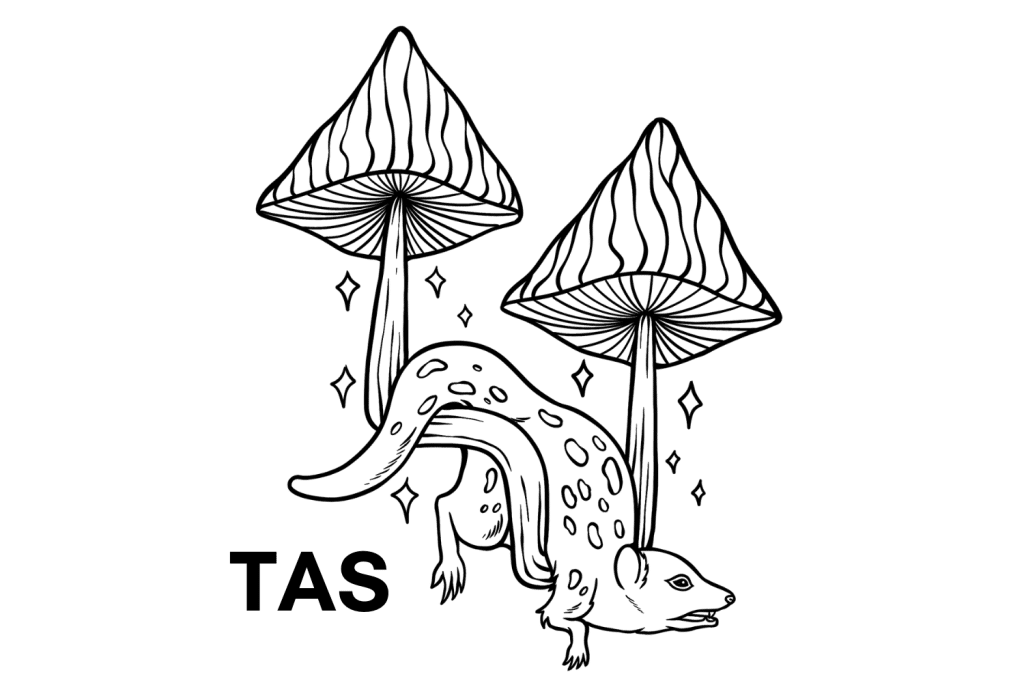
6. The Tasmanian Strain
The Tasmanian strain gets its name from its place of discovery — the island of Tasmania off the southern tip of Australia.
Tasmanian shrooms are large but have below-average potency — producing psilocybin levels of around 0.44%. These mushrooms are heavy sporulators, and when harvested with the veil still attached, it’s possible to carefully open and collect a rich sample with ease.
This is a great strain for beginner cultivators and psychonauts alike. It’s also a great option for those that want to collect copious amounts of spores for microscopy or reproduction.
Frequently Asked Questions
1. What’s The Most Potent Strain of Psilocybe cubensis?
The most potent strain of Psilocybe cubensis is, without a doubt, the Penis Envy strain. However, some other strains have shown super high psilocybin and psilocin levels in the Oakland Hyphae Psilocybin Cup. All of these super-potent strains usually contain Penis Envy genetics in some description.
Tidal Wave won the Spring 2021 Psilocybin Cup with a staggering 3.82% total tryptamine content. The sample — grown by Magic Myco Fam — produced 2.26% psilocybin and 1.56% psilocin. That’s around four times as potent as your average Psilocybe cubensis strain.
Tidal Wave is a cross between Penis Envy and the B+ strain. Both of these strains are renowned for their potency, but Penis Envy definitely wins in terms of ridiculous psilocybin production.
The average Penis Envy shroom produces somewhere in the region of 1.50% and 2.50% total psychedelic tryptamines. Some samples entered into the past four Psilocybin Cups have produced psilocybin concentrations as high as 3.00%.
2. What’s The Easiest Strain of Psilocybe cubensis to Grow?
Most strains of Psilocybe cubensis are pretty easy to grow. This species, in general, is far more workable in an artificial environment compared to other psilocybin-producing mushroom species.
Other than a relatively small selection of strains, Psilocybe cubensis can be cultivated easily by beginners. However, one strain stands out as “the easiest beginner strain,” and that’s Golden Teacher.
The Golden Teacher strain has been around since the 80s. They’re loved by the mushroom community for their ease of growth. The shrooms aren’t much to look at, and the potency isn’t anything to write home about, but the strain is well-rounded and has the potential to produce good yields.
3. Is Psilocybe cubensis The Strongest Magic Mushroom Species?
No. Psilocybe cubensis is pretty average for a psilocybin-producing mushroom species. Some other wild species in the Psilocybe and Panaeolus genera are capable of producing far larger psilocybin and psilocin concentrations.
For example, Psilocybe cyanescens(the Wavy Cap Mushroom)samples have been shown to produce psilocybin levels of up to 1.65%. Psilocybe semilanceata (Liberty Cap) mushrooms have been found with psilocybin concentrations of over 1.70% and a total tryptamine content of 2.37%.
The strongest psilocybin-containing mushroom species is Psilocybe azurescens(the Flying Saucer Mushroom). This species is capable of producing psilocybin levels of well over 1.80% — around four times as potent as the typical Psilocybe cubensis mushroom.

